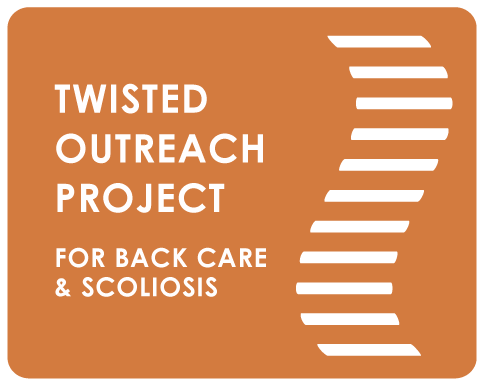Types of Scoliosis
There are several types of scoliosis with the most common being Adolescent Idiopathic Scoliosis. Whether it be AIS, Congenital, Neuromuscular, Early onset, or Adult, the symptoms caused by the asymmetrical curve and twist of the spine are mostly the same. In all these types of scoliosis, the shape and alignment of the skeleton is malformed, causing structural change. Because of this, the treatment options for one can often be applied to all.
Functional or Non-structural Scoliosis is much more common than Structural Scoliosis and usually less serious. In most cases, the asymmetry is much less noticeable since the degree of curvature is usually less. Functional Scoliosis only affects the back muscles and does not alter the structure of the body. With a regular, targeted exercise plan, Functional Scoliosis is almost always reversible.

